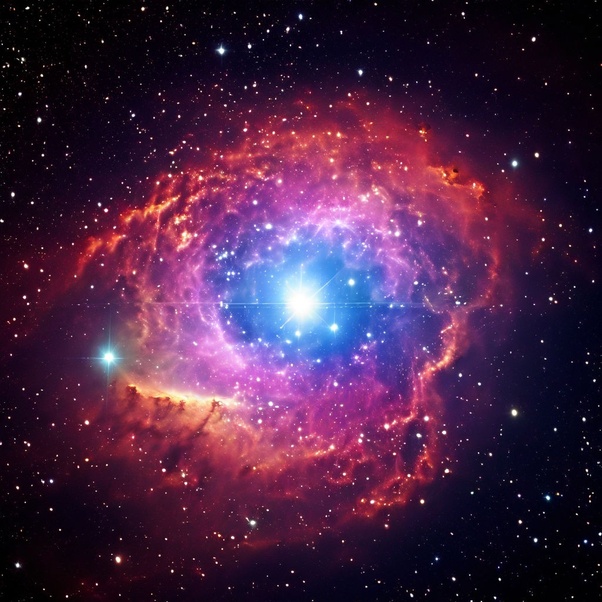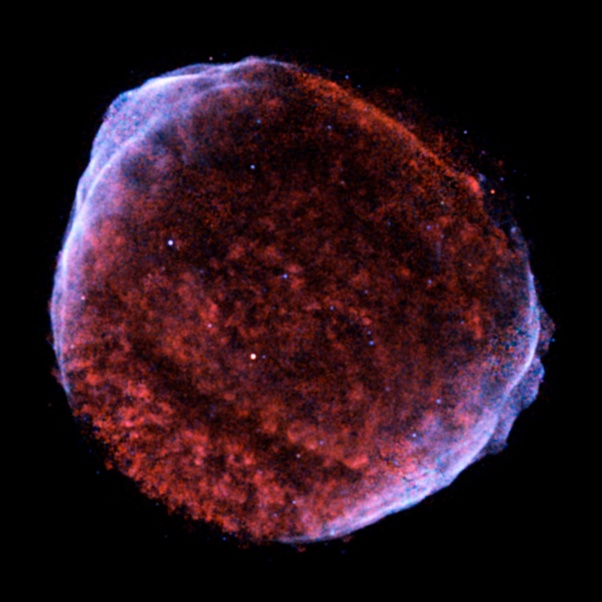
On April 17, in the year 1006, a new light suddenly appeared within what is now the constellation of Lupus. Observers from all over the world recorded the event, without really understanding what they were witnessing, and often interpreting this new star as a sign of misfortune.
Today we know that this event was nothing other than a supernova explosion, and the detailed observations collected more than a thousand years ago have helped us to reconstruct the history of what is known today as SN 1006.

SN 1006 appeared precisely on April 17, a day when, according to Arab astronomers, it reached a brightness equal to that of a crescent moon and an angular size two or three times that of Venus.
These accounts have allowed us to calculate the apparent magnitude of the supernova, around -7.5. This means that SN 1006 was the brightest stellar event in recorded history!
During its peak, the supernova was so bright that it cast shadows at night and was visible during the day, while it remained visible in the sky for about three months!
Descriptions from European observers have allowed us to understand the nature of the nebula. The brightness pattern described by astronomers of the time is indeed typical of Type Ia supernovae, generated by the explosion of a white dwarf which accumulates mass from a companion star until it exceeds a critical value.
Current telescopes have located the remnants of the supernova, situated 7,200 light-years from Earth and captured here in X-rays by the Chandra Space Telescope. The red in the image indicates gas at a kinetic temperature of several million degrees, while the blue at the edges indicates high-energy electrons.






